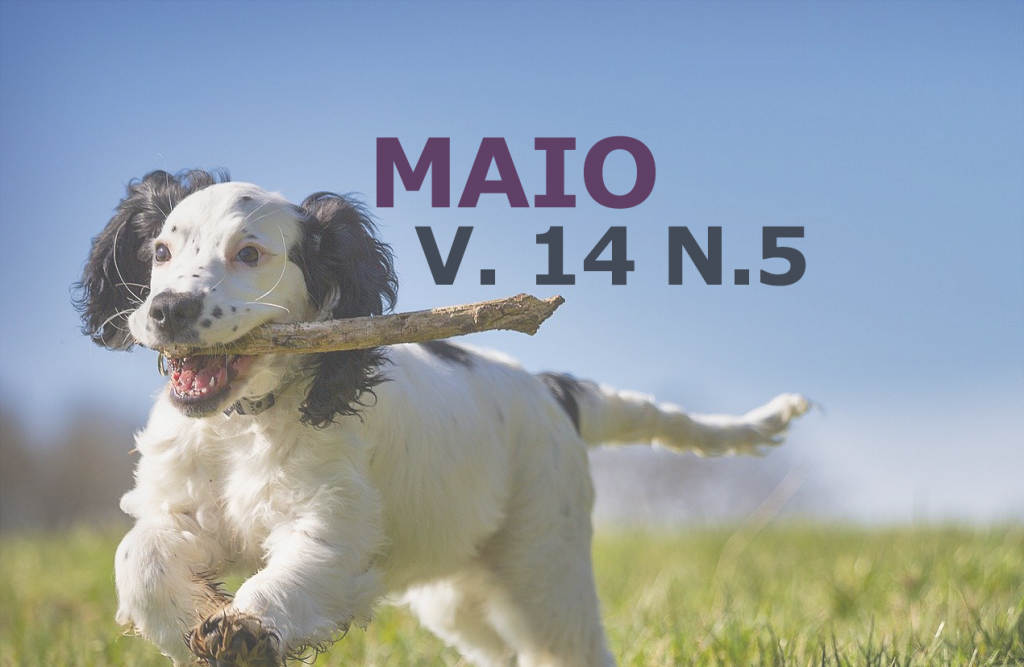Uso da Enrofloxacina em surto de anaplasmose em bovinos leiteiros em Ijuí- RS: relato de caso
DOI:
https://doi.org/10.31533/pubvet.v14n5a574.1-6Palavras-chave:
A. marginale, bactéria, icterícia, doença infecciosa, tristeza parasitária bovinaResumo
Resumo. Anaplasmose é uma enfermidade causada pela bactéria Anaplasma marginale, transmitida principalmente por carrapatos em rebanhos bovinos em todo o mundo, além da transmissão por insetos hematófagos e iatrogênica. Neste trabalho, objetivou-se descrever um surto de anaplasmose em seis bovinos leiteiros adultos na região de Ijuí-RS, apresentando sucesso na resolução clínica para os pacientes tratados com terapia antimicrobiana à base de enrofloxacina. De acordo com a anamnese, os animais que haviam morrido na propriedade, haviam apresentado sinais clínicos como: perda de apetite, mucosas ictéricas e no outro dia ocorria agravamento do quadro clínico, até a morte. O animal atendido em consulta veterinária, apresentou os mesmos sinais clínicos e ao exame clínico, observou-se, apatia, desidratação, palidez, mucosas ocular, oral, nasal e vulvar ictéricas, desidratação e quadro de hipersalivação. A queixa principal para a consulta era a relutância em alimentar-se, o emagrecimento e a diminuição da produção de leite, considerando-se que o animal já havia sido tratado para tristeza parasitária bovina há 2 dias, com diaceturato de diminazene e oxitetraciclina. Entretanto o diagnóstico foi confirmado pelo esfregaço sanguíneo e pelos achados de necropsia realizada em outro animal que veio a óbito na mesma propriedade, com mucosas e serosas ictéricas, com aumento excessivo no tamanho do fígado, baço e vesícula biliar, bem como a presença de sangue com aspecto aquoso e pelo esfregaço sanguíneo o qual resultou em presença de bactéria do gênero Anaplasma. Sendo instituído terapia antimicrobiana à base de enrofloxacina associada com fluidoterapia de ringer lactato, transfusão sanguínea, vitaminas e modificador orgânico, para o tratamento do paciente bovino. Devido a outros casos já relatados na região, acredita-se existir algumas cepas da bactéria A. marginale, que apresentem resistência à oxitetraciclina, desta forma, a enrofloxacina surge como nova alternativa de tratamento para bovinos leiteiros com anaplasmose, refratários a utilização de oxitetraciclina.
Downloads
Publicado
Edição
Seção
Licença
Copyright (c) 2020 Bruna Carolina Ulsenheimer, Dieison Elizandro Schvan, Jorge Luis de Lima Shifer, Roberta Pereira Fontoura, Cristiane Elise Teichmann

Este trabalho está licenciado sob uma licença Creative Commons Attribution 4.0 International License.
Você tem o direito de:
Compartilhar — copiar e redistribuir o material em qualquer suporte ou formato
Adaptar — remixar, transformar, e criar a partir do material para qualquer fim, mesmo que comercial.
O licenciante não pode revogar estes direitos desde que você respeite os termos da licença. De acordo com os termos seguintes:
Atribuição
— Você deve dar o crédito apropriado, prover um link para a licença e indicar se mudanças foram feitas. Você deve fazê-lo em qualquer circunstância razoável, mas de nenhuma maneira que sugira que o licenciante apoia você ou o seu uso. Sem restrições adicionais
— Você não pode aplicar termos jurídicos ou medidas de caráter tecnológico que restrinjam legalmente outros de fazerem algo que a licença permita.





